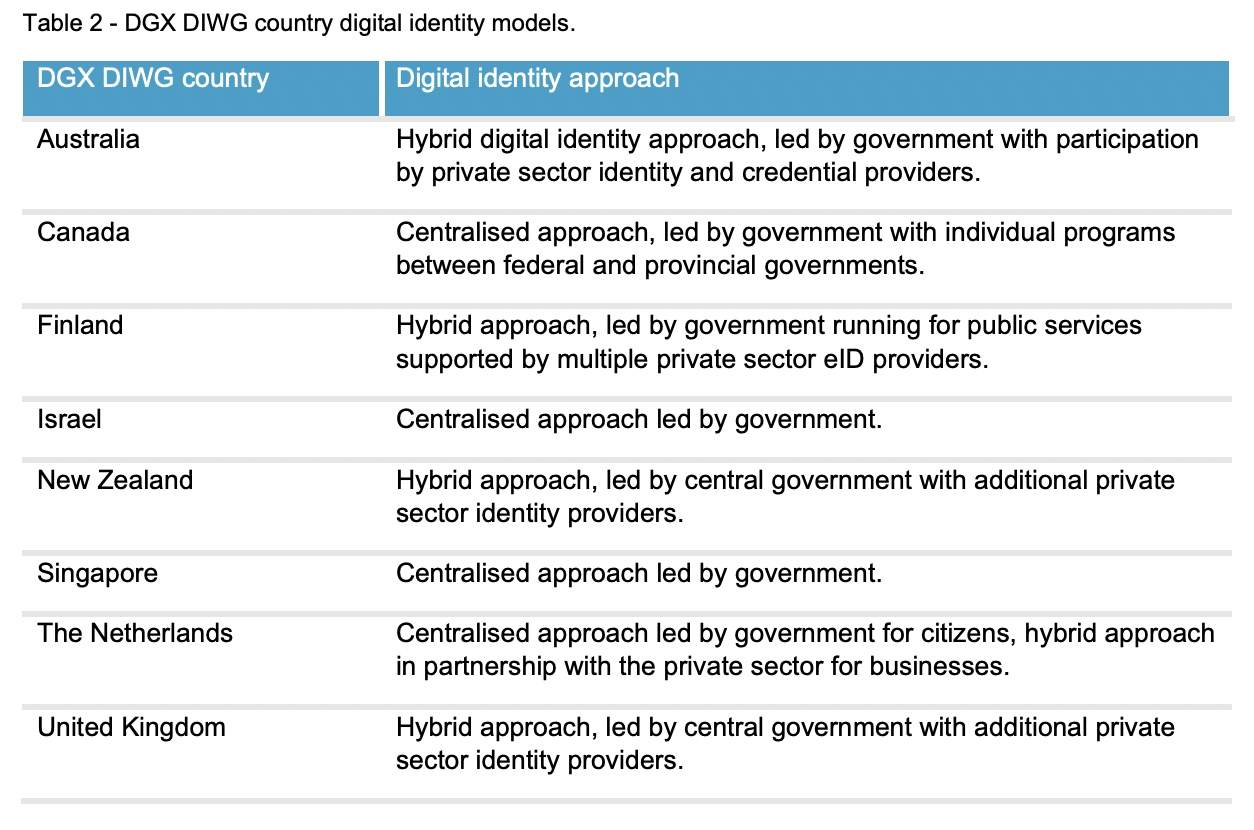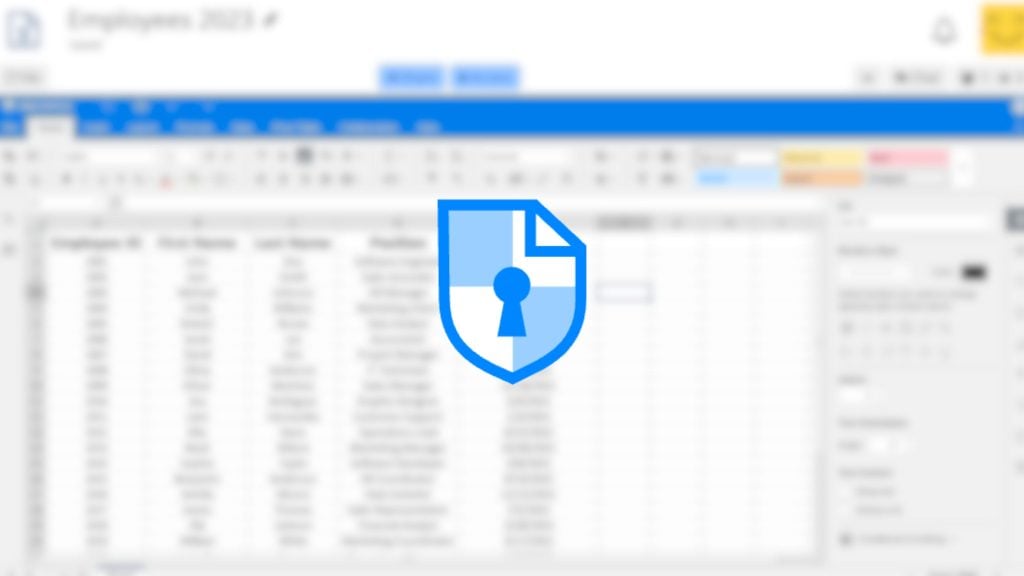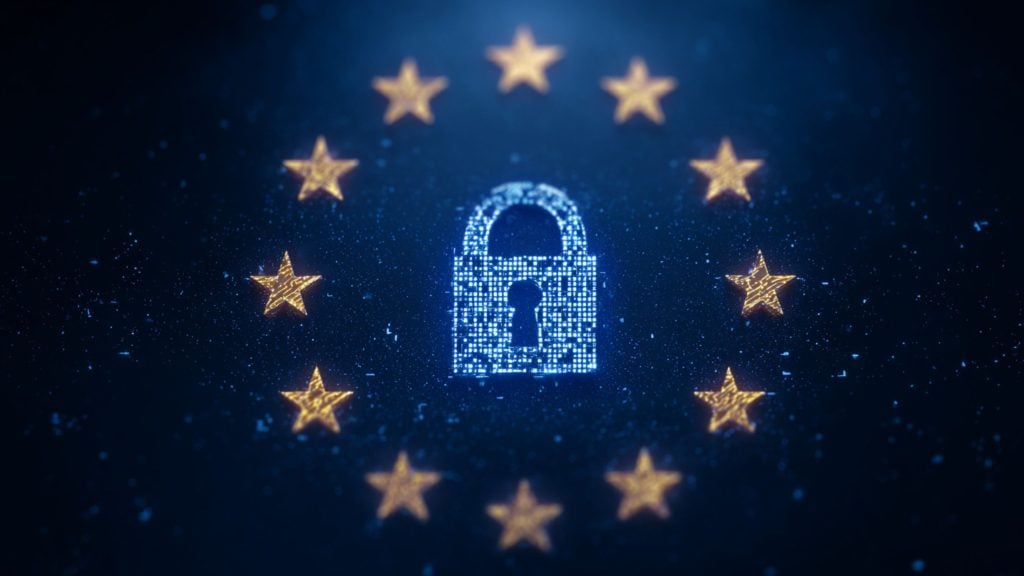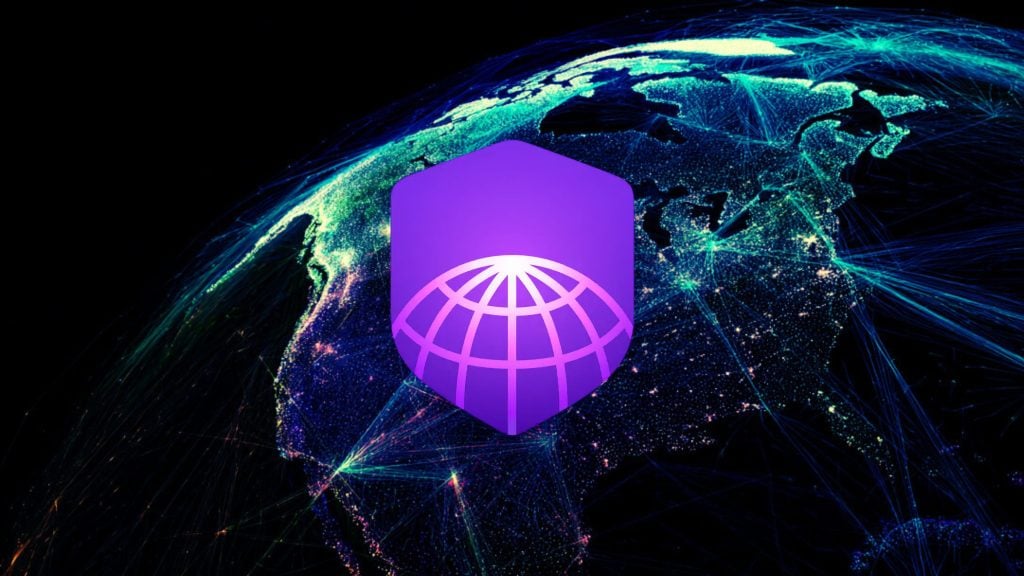A “working group” of eight countries has proposed “high-level principles” that could allow interoperability and mutual recognition of digital IDs in the future. The working group also claimed that most government-initiated digital ID projects are designed with the principles of interoperability and mutual recognition.
In 2020, eight countries came together to create the Digital Identity Working Group, to brainstorm how to incorporate digital identities in the digital global travel and trade ecosystem.
For the first time, the group has released a report.
The working group is chaired by Australia’s Digital Transformation Agency, with the other members being from the United Kingdom, the Netherlands, Canada, Israel, Finland, Singapore, and New Zealand.

In the report, DIWG outlined 11 principles that governments should use to create interoperable and mutually recognizable digital identities.
The principles listed are: “openness, transparency, reusability, user-centricity, inclusion and accessibility, multilingualism, security and privacy, technology neutrality and data portability, administrative simplicity, preservation of information, and effectiveness and efficiency.”
DIWG’s report acknowledges that interoperability and mutual recognition of digital identities across countries is years away.
The World Economic Forum (WEF) recently published its own report on pushing for digital IDs:
“The World Economic Forum (WEF), an international organization that works to “shape global, regional and industry agendas,” recently published its latest dystopian proposal – a far-reaching digital ID system that will collect as much data as possible on individuals and then use this data to determine their level of access to various services.
This digital ID proposal is outlined in a report titled “Advancing Digital Agency: The Power of Data Intermediaries” and builds upon a digital ID framework that the WEF has published previously.
Under this framework, the WEF proposes collecting data from many aspects of people’s “everyday lives” through their devices, telecommunications networks, and third-party service providers.
The WEF suggests that this data collection dragnet would allow a digital ID to scoop up data on people’s online behavior, purchase history, network usage, credit history, biometrics, names, national identity numbers, medical history, travel history, social accounts, e-government accounts, bank accounts, energy usage, health stats, education, and more.”
There are foundational activities, such as the creation of a definition across digital IDs and the definition of a common language, that need to be completed before the group’s vision can be achieved.
Despite digital IDs’ interoperability and mutual recognition being years away, DIWG said that most government-led digital ID projects have been developed with interoperability and mutual recognition in mind, even though international operability was not considered during development.
“While there appears to be substantial differences in the terms used across member countries and digital identity systems, most terms were able to be aligned to common definitions,” the group said.
“This forms a basis to allow for a common understanding to enable future discussions and alignment of digital identities and infrastructure.”
The group also noted that a decentralized approach, like the one being used under the European Digital Identity framework, could also work.












